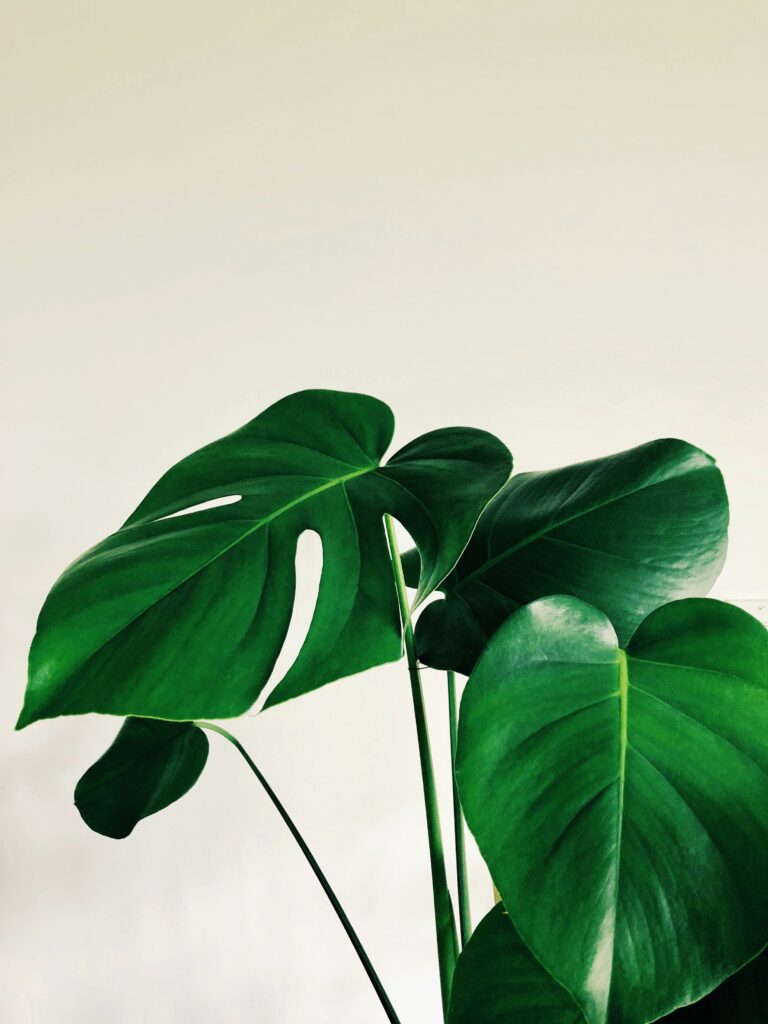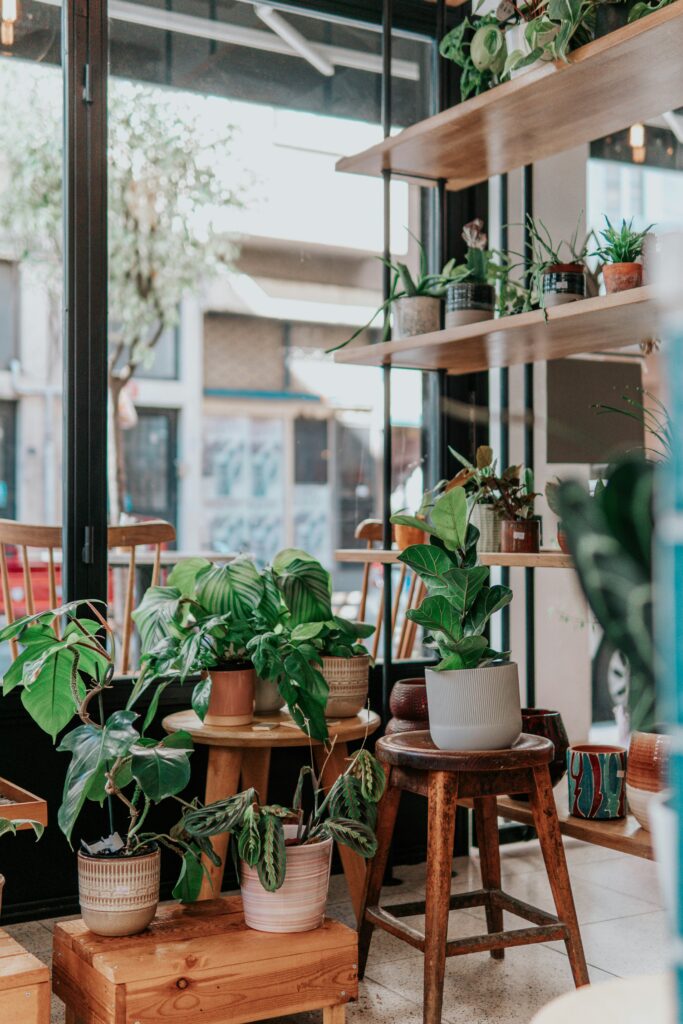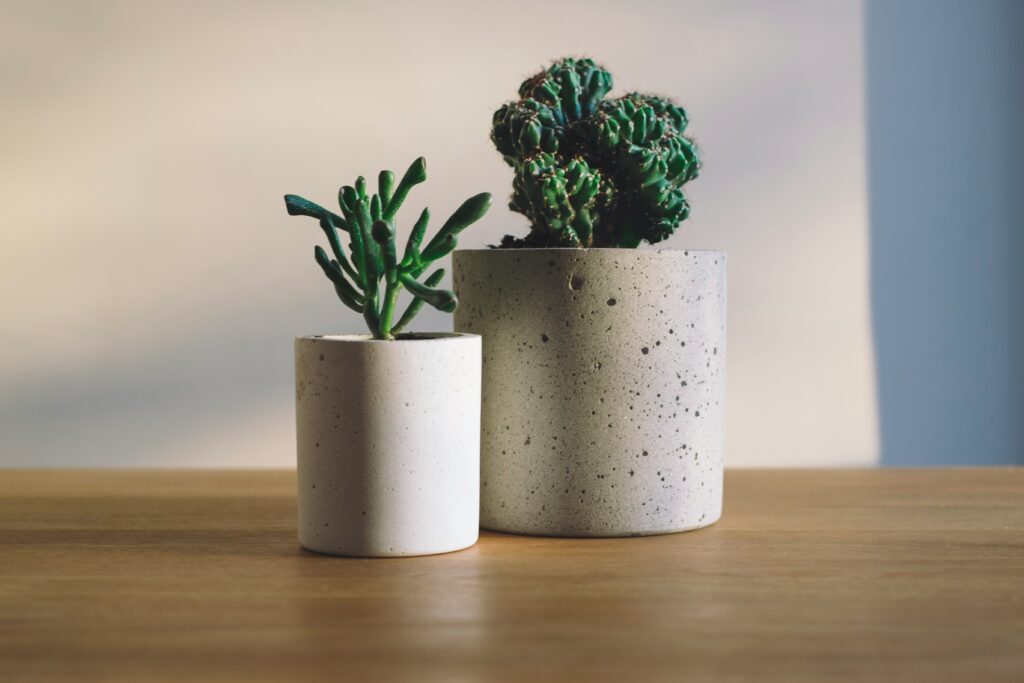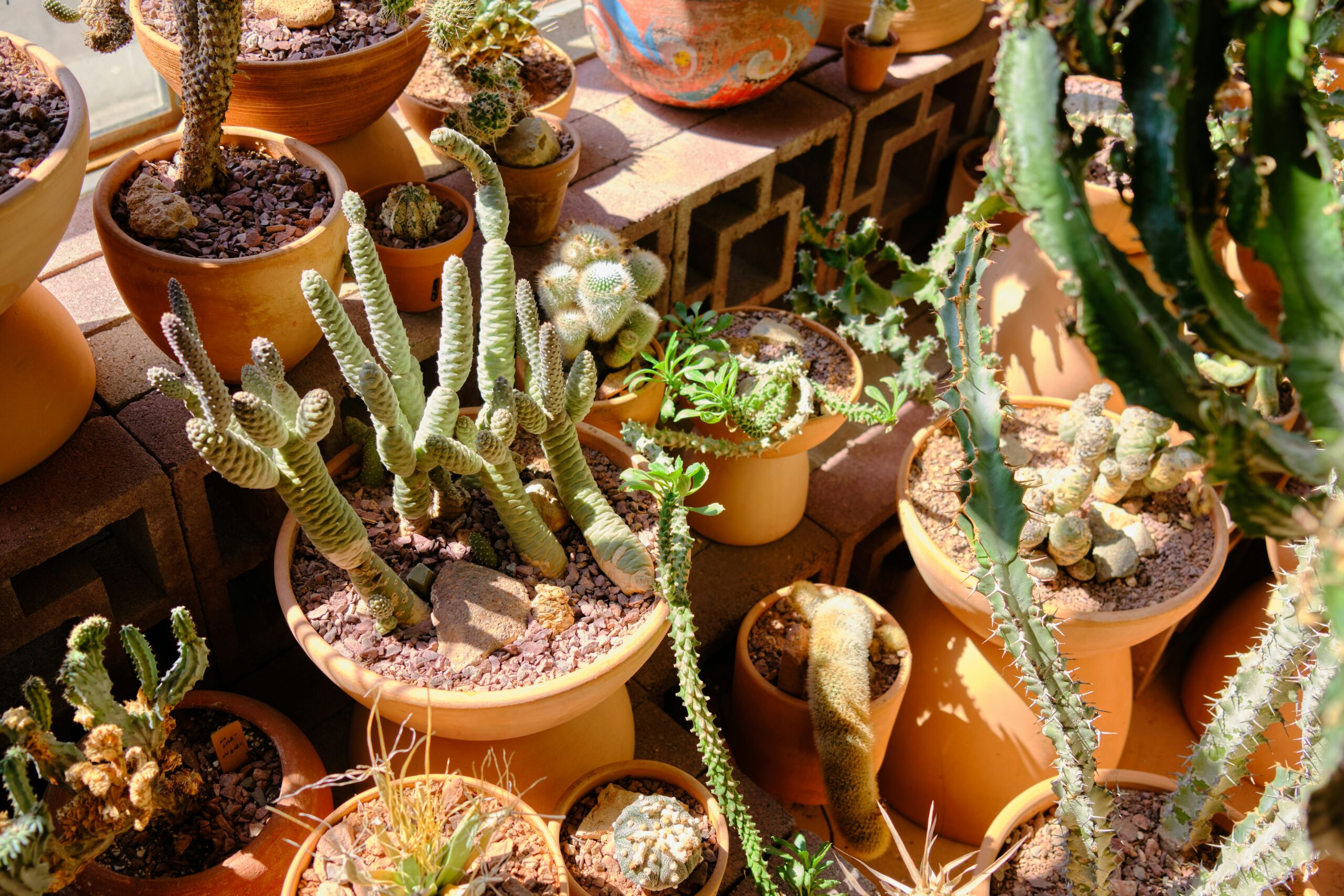Breathe Easy: Your Guide to Indoor Plants That Clean the Air and Are Seriously Easy to Keep Alive
Ever feel like your home could use a breath of fresh air, literally? You’re not alone! In our modern lives, we spend a lot of time indoors, and sometimes, the air inside can feel a little…stale. The good news is, you don’t need a fancy, noisy air purifier to make a difference. What if I told you that you could transform your living space into a refreshing haven, all while adding a touch of natural beauty, and without needing a degree in horticulture?
This article is your friendly guide to the wonderful world of indoor plants for clean air – the ones that are not only powerful air purifiers but also incredibly forgiving, even for those of us who might not have the greenest thumb. We’re talking about plants that tackle common indoor pollutants, boost your home’s freshness, and happily thrive with minimal fuss. Get ready to discover how a little greenery can make a big impact on your well-being and simplify your life!

The Invisible Invaders: Why Indoor Air Quality Matters
You might not see them, but your home can be a hub for various airborne nasties. Volatile Organic Compounds (VOCs) like formaldehyde, benzene, xylene, and trichloroethylene can off-gas from furniture, cleaning products, paints, and even certain fabrics. While a little bit might not seem like much, prolonged exposure can contribute to symptoms like headaches, dizziness, and even respiratory irritation.
Understanding Common Indoor Pollutants
- Formaldehyde: Often found in pressed wood products, glues, and certain insulation materials.
- Benzene: Common in plastics, synthetic fibers, detergents, and tobacco smoke.
- Trichloroethylene: Found in printing inks, paints, lacquers, and adhesives.
- Xylene: Present in paints, varnishes, and rust preventatives.
- Ammonia: A common component in many household cleaning products.
The good news, according to various studies, including the famous NASA Clean Air Study, is that certain plants are remarkably effective at absorbing these compounds through their leaves and then transporting them to their roots, where microorganisms convert them into plant food. It’s like having tiny, silent superheroes working around the clock!
Beyond Toxins: The Added Benefits of Indoor Greenery
It’s not just about filtering out bad stuff. Plants naturally release oxygen, which is always a bonus for your breathing space. Beyond that, studies suggest that simply having plants around can reduce stress, improve focus, and even boost your mood. Think of them as living decor that actively contributes to a healthier, happier you! Plus, they add a touch of natural beauty that can make any room feel instantly more inviting.
Your Green Dream Team: Top Low-Maintenance Air Purifiers
Now for the exciting part – meeting your future leafy companions! We’ve handpicked some of the best beginner plants that excel at air purification and are remarkably tolerant of busy schedules or less-than-perfect growing conditions.
The Unkillable Wonders: Seriously Easy Options
- Snake Plant (Sansevieria trifasciata): Also affectionately known as “Mother-in-Law’s Tongue,” this plant is a true champion for the forgetful plant parent. It thrives on neglect, tolerating low light and infrequent watering. What’s more, it’s unique in that it releases oxygen at night, making it an ideal bedroom buddy. Snake plants are fantastic at removing formaldehyde, benzene, trichloroethylene, and xylene.
- Why it’s a winner: Can handle almost anything you throw at it (or forget to throw at it!).
- Placement tip: Perfect for any room, from bright living spaces to dimly lit corners.
- ZZ Plant (Zamioculcas zamiifolia): With its glossy, dark green leaves, the ZZ plant is the epitome of elegance and resilience. It’s incredibly drought-tolerant and can survive in very low light, making it a fantastic choice for those tricky, less-than-sunny spots in your home or office. It’s known for removing xylene, toluene, and benzene.
- Why it’s a winner: It’s practically indestructible and looks fantastic doing it.
- Placement tip: Ideal for offices, hallways, or any spot needing a touch of green without much light.
- Pothos (Epipremnum aureum), aka Devil’s Ivy: Don’t let the name scare you – this trailing beauty is one of the easiest plants to care for, hence its nickname! Pothos can thrive in a wide range of light conditions and is very forgiving if you miss a watering or two. It’s highly effective at removing formaldehyde, benzene, and carbon monoxide. Its long vines can be trained to climb or trail beautifully from shelves.
- Why it’s a winner: Gorgeously versatile and almost impossible to kill.
- Placement tip: Looks stunning cascading from a hanging basket or shelf, bringing home freshness to any room.
Blooming Beauties and Tropical Touches
- Peace Lily (Spathiphyllum): With its elegant white “flowers” (which are actually modified leaves called spathes), the Peace Lily adds a touch of serene beauty to any room. It’s also a powerhouse air purifier, tackling a wide range of toxins including ammonia, benzene, formaldehyde, and trichloroethylene. It prefers consistently moist soil and indirect light, often letting you know it needs a drink by drooping its leaves dramatically – a handy visual cue!
- Why it’s a winner: Beautiful blooms and a highly effective air scrubber.
- Placement tip: Great for bedrooms or living areas with indirect light; perfect for creating a calming atmosphere.
- Spider Plant (Chlorophytum comosum): These cheerful, arching plants are incredibly popular and for good reason! They’re super easy to grow and readily produce “spiderettes” (baby plants) that can be easily propagated, giving you more green goodness for free. Spider plants are excellent at removing formaldehyde and xylene. They tolerate various light conditions but prefer bright, indirect light.
- Why it’s a winner: Easy to grow, easy to multiply, and great at cleaning the air.
- Placement tip: Fantastic in hanging baskets, allowing their graceful spiderettes to dangle.
- Aloe Vera (Aloe barbadensis miller): Beyond its well-known medicinal properties for soothing skin, Aloe Vera is also a fantastic air purifier. It’s particularly effective at clearing formaldehyde and benzene from your indoor air. This succulent prefers bright, indirect sunlight and infrequent watering, as it stores water in its thick leaves.
- Why it’s a winner: Dual purpose – a natural first-aid kit and an air cleaner!
- Placement tip: A sunny windowsill in the kitchen or bathroom is ideal.

Bringing Your Greenery Home: Care Tips for Thriving Plants
So, you’ve chosen your green champions. Now, let’s talk about keeping them happy without turning plant care into a chore. Remember, the goal here is ease and efficiency!
Watering Wisely: The Golden Rule
Overwatering is often the quickest way to send a plant to the great compost heap in the sky. When it comes to low-maintenance plants, it’s almost always better to underwater slightly than to overwater.
- The Finger Test: Stick your finger about an inch or two into the soil. If it feels dry, it’s time to water. If it’s still damp, wait a day or two.
- Drainage is Key: Always use pots with drainage holes. This prevents water from pooling at the bottom and suffocating the roots. If your decorative pot doesn’t have holes, place your plant in a nursery pot with drainage and then set that inside the decorative one.
- Less is More in Winter: Most plants require less water during their dormant period in colder months. Adjust your watering schedule accordingly.
Light & Location: Finding Their Happy Place
While many of these plants are forgiving, they still have preferences.
- Indirect Bright Light: This is the sweet spot for most indoor plants. Think of a spot near a window that gets plenty of light but isn’t directly exposed to harsh, scorching sunbeams.
- Low Light Tolerance: Plants like the Snake Plant and ZZ Plant can truly survive in remarkably low light conditions, making them perfect for those darker corners or even bathrooms with minimal natural light.
- Rotate for Even Growth: Every now and then, give your plant a quarter turn to encourage even growth and prevent it from leaning towards the light source.
Keeping it Clean: A Little TLC Goes a Long Way
- Dusting Duty: Just like your furniture, plant leaves can accumulate dust. This actually hinders their ability to absorb light and purify the air. Gently wipe down larger leaves with a damp cloth every few weeks. For smaller, more intricate leaves, a soft brush can work wonders.
- Pest Patrol (the Easy Way): Regularly inspect your plants for any unwelcome visitors. Most common indoor plant pests can be deterred or treated with simple solutions like a diluted neem oil spray or even just a good wipe-down with soapy water.

FAQ: Your Quick Questions Answered
We know you’ve got questions, and we’ve got quick, clear answers to help you on your green journey!
Q: How many indoor plants do I need to effectively clean the air in my home? A: While even one plant can make a difference, the oft-cited NASA Clean Air Study suggested at least one plant per 100 square feet for significant air purification. However, remember that plants are one part of a healthy indoor environment; good ventilation is also crucial.
Q: Are these plants safe for pets and children? A: It’s important to be aware that some common houseplants can be toxic if ingested. For peace of mind, always research the specific plant’s toxicity if you have pets or small children. For example, Peace Lilies and Pothos can be mildly toxic. Snake plants are generally considered safe, but it’s best to err on the side of caution.
Q: Can plants really replace an air purifier? A: While plants are fantastic at removing certain VOCs and adding oxygen, they aren’t a direct replacement for mechanical air purifiers, especially if you have severe allergies or significant air quality concerns. Air purifiers often target a broader range of airborne particles. Think of plants as a wonderful, natural complement to a healthy indoor environment.
Q: How often should I fertilize my indoor plants? A: Most low-maintenance indoor plants don’t need frequent fertilizing. A diluted liquid fertilizer once a month during the growing season (spring and summer) is usually sufficient. Avoid fertilizing in the autumn and winter when plants are dormant.
Your Greener, Fresher Home Starts Now!
There you have it! Transforming your home into a cleaner, fresher, and more inviting space doesn’t have to be a monumental task. By introducing a few of these incredible, low-maintenance indoor plants for clean air, you’re not just adding aesthetic appeal; you’re actively improving your indoor environment and boosting your well-being.
Remember, progress, not perfection, is the goal here. Pick just one or two plants that catch your eye, bring them home, and enjoy the journey of nurturing your own little green oasis. The cumulative effect of these small, actionable changes will surprise you, making your daily life a little easier and a lot more refreshing. It’s time to take control of your indoor air, one leafy friend at a time!

